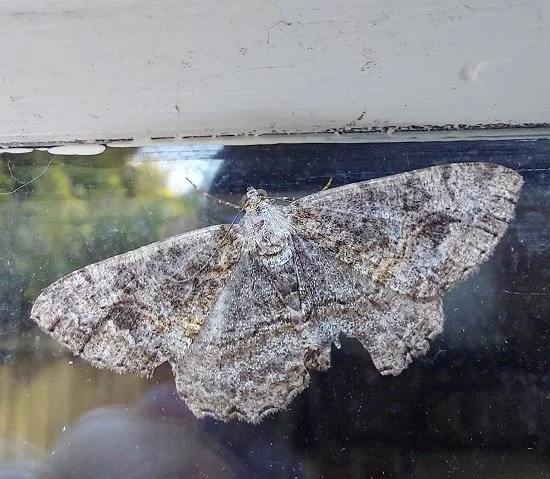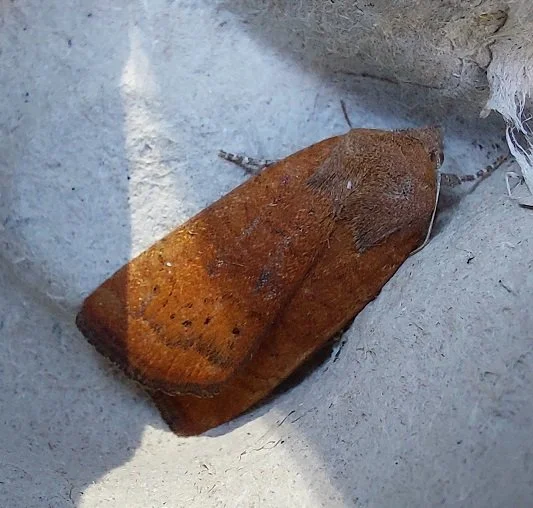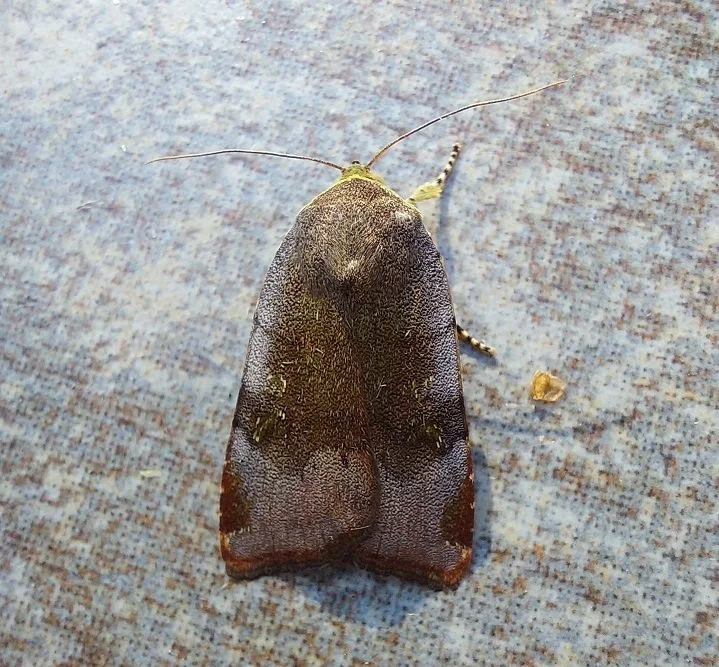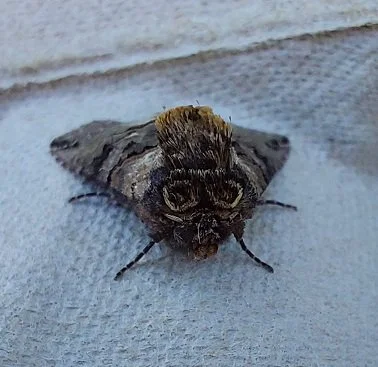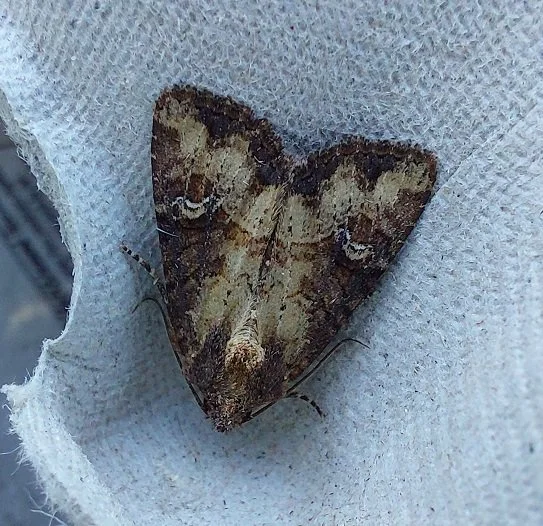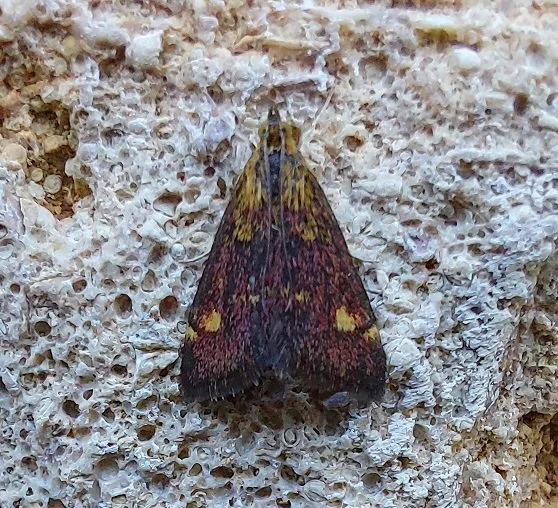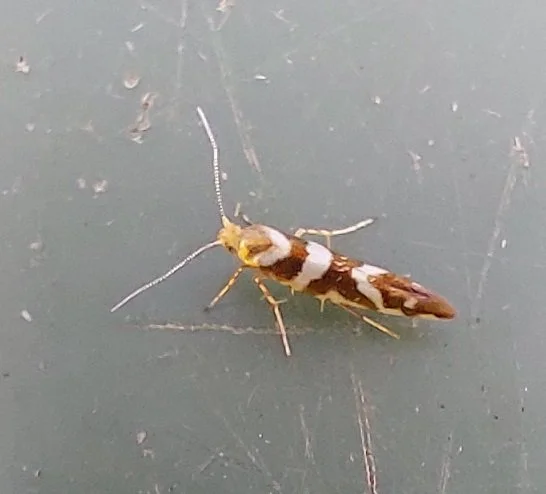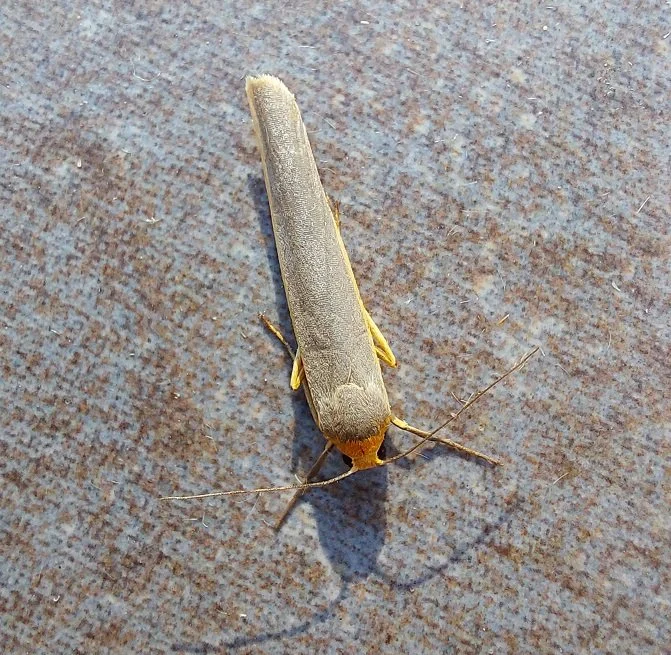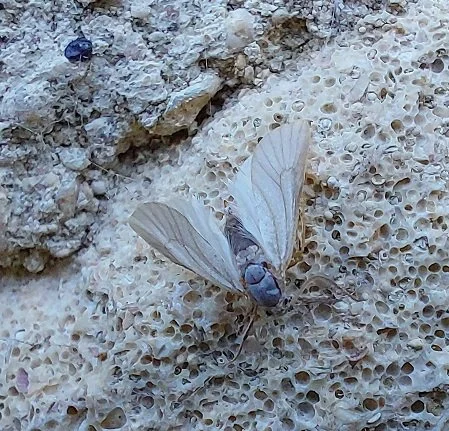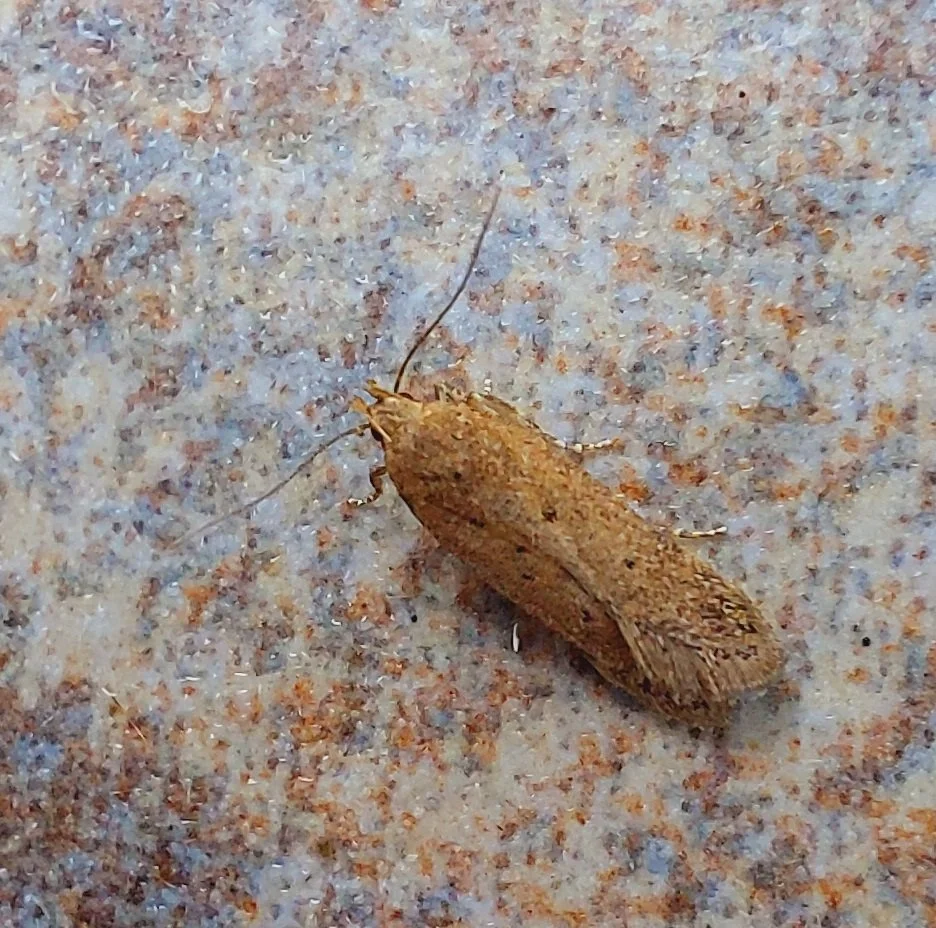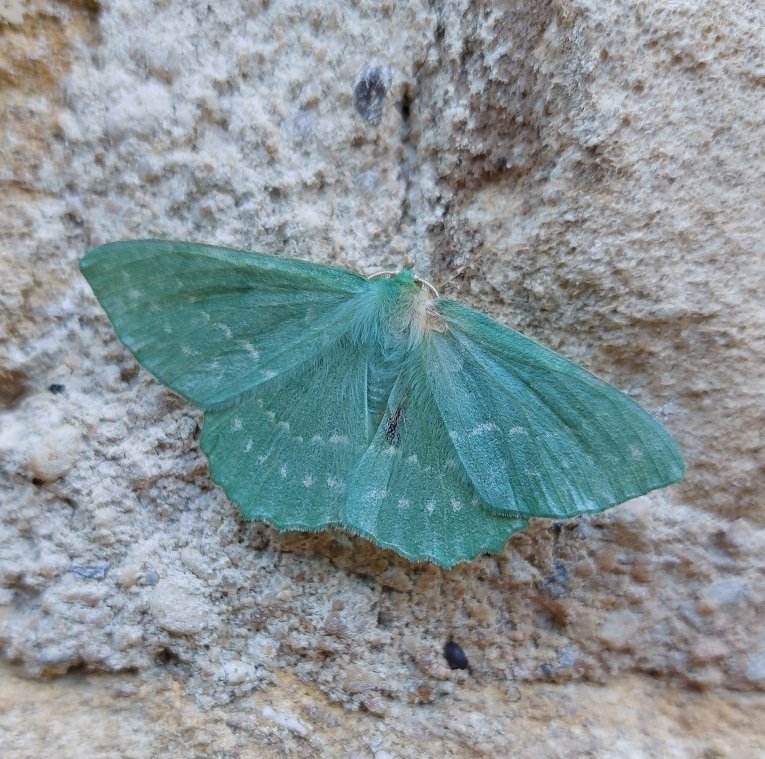Mottled Beauty & Least Yellow Underwing
/This morning’s stars were two new moths for my garden, Least Yellow Underwing (Noctua interjecta) and Mottled Beauty (Alcis repandata), among another big catch (132 moths of 44 species). As summer progresses there start to be more and more Yellow Underwings of different species, and the first Common Rustics.

